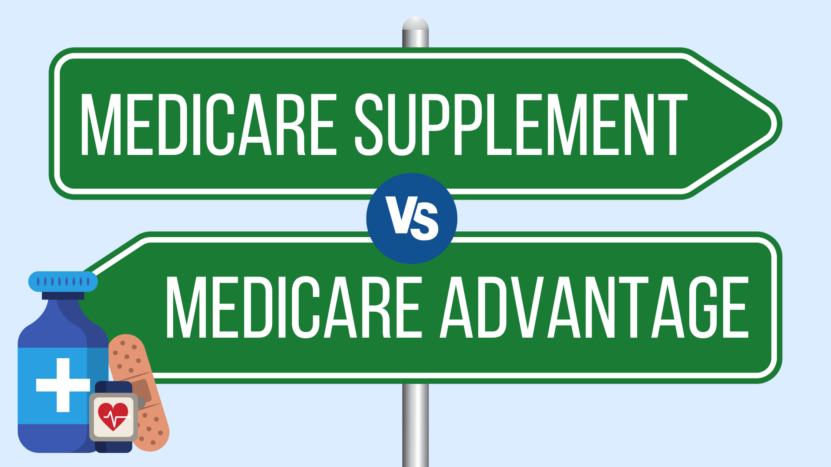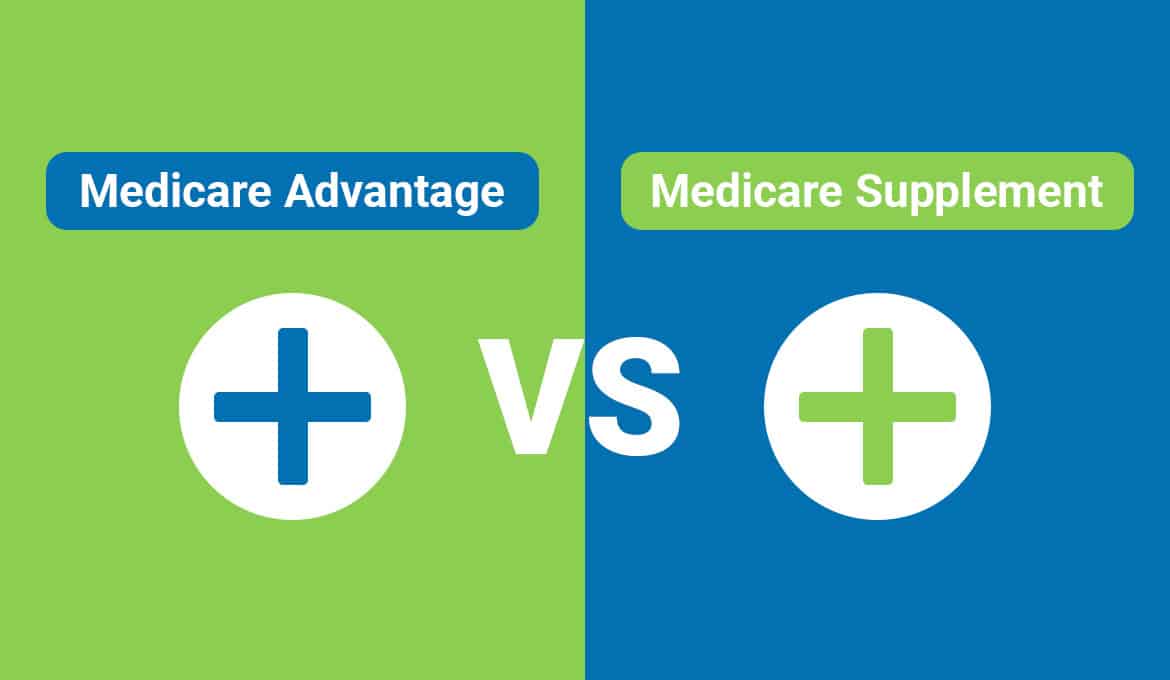Choosing between Medicare Advantage (MA) and Original Medicare. Understanding the nuances of each option is crucial for making an informed decision that aligns with individual healthcare needs and preferences.
In this article, we will explore the key differences between Medicare Advantage and Original Medicare, shedding light on the advantages and considerations associated with each. You can read more about the differences between Advantage Plans and Medicare at https://boomerbenefits.com/medicare-advantage-vs-medicare-supplement/.
Medicare Advantage, also known as Medicare Part C, offers a comprehensive alternative to Original Medicare (consisting of Parts A and B). Administered by private insurance companies approved by Medicare, MA plans combine hospital and medical services coverage under a single umbrella.

Many Medicare Advantage plans go a step further by incorporating prescription drug coverage (Part D) and additional benefits such as dental, vision, and wellness programs.
One of Medicare Advantage’s primary advantages is its simplicity of healthcare management. Instead of navigating the complexities of multiple policies, beneficiaries with MA plans enjoy consolidated coverage, often resulting in lower overall out-of-pocket costs compared to Original Medicare.
Something to consider with Medicare Advantage plans is that they frequently implement network restrictions, necessitating the use of specific doctors and hospitals within the plan’s network. While this limitation may pose challenges for those with specific healthcare providers, it often leads to more affordable healthcare services and enhanced coordination of care.
Original Medicare: The Modular Approach

Opting for Original Medicare involves receiving Part A (hospital insurance) and Part B (medical insurance) coverage from Original Medicare. While Original Medicare provides a baseline of coverage, it does not cover all medical expenses. To address these gaps, many individuals choose to supplement their coverage with a Medicare Supplement (Medigap) plan and a stand-alone Part D prescription drug plan.
Medigap plans, labeled with letters such as Plan G or Plan N, provide standardized additional benefits to cover out-of-pocket costs like deductibles and coinsurance. These plans offer flexibility in choosing healthcare providers, as they typically do not impose network restrictions. However, the flexibility comes at a cost, with higher monthly premiums than Medicare Advantage plans.
In addition to Medigap, beneficiaries of Original Medicare need to enroll in a stand-alone Part D plan to receive prescription drug coverage. This ensures comprehensive medication coverage, addressing a significant gap in Original Medicare, which does not include prescription drug benefits.
Comparing Costs

A critical aspect of the decision-making process is evaluating costs associated with Medicare Advantage and Original Medicare with supplemental coverage.
Medicare Advantage plans often feature lower monthly premiums than Medigap plans. However, beneficiaries should be mindful of potential out-of-pocket expenses such as copayments and coinsurance, which can accumulate over time to meet the plan’s maximum out-of-pocket (MOOP).
In 2024, the MOOP for in-network costs is $8,850. Some MA plans may boast a $0 premium, but a comprehensive assessment of the plan’s Summary of Benefits should include all associated costs to determine the most cost-effective option.
Original Medicare with a Medigap plan tends to have higher monthly premiums. However, these plans offer more predictable out-of-pocket costs. Medigap plans can effectively eliminate or significantly reduce additional expenses, providing financial security for individuals who prefer a clear understanding of their healthcare expenses.
Prescription drug coverage costs also vary between Medicare Advantage plans and stand-alone Part D plans. It is imperative to carefully review the formulary, co-pays, and any coverage restrictions to ensure that essential medications are included in the chosen plan’s coverage.
Coverage and Flexibility

Another critical consideration in the decision-making process is the extent of coverage and flexibility each option offers.
Medicare Advantage plans often include extra benefits such as dental, vision, and wellness programs, making them an attractive choice for individuals seeking a comprehensive healthcare package. However, participants must adhere to the plan’s network, potentially limiting their choice of healthcare providers.
Conversely, Original Medicare with a Medigap plan offers more flexibility in choosing doctors and specialists. Medigap plans do not typically impose network restrictions, allowing beneficiaries to consult with healthcare providers of their choice. This flexibility is particularly valuable for individuals who have established relationships with specific healthcare professionals and wish to maintain continuity of care.
While Medicare Advantage plans may include prescription drug coverage, stand-alone Part D plans provide a broader range of options. Beneficiaries can select a Part D plan that best suits their medication needs, ensuring comprehensive coverage for specific medications.
Changing between Medicare Advantage vs. Medicare Supplement plans

Switching between Medigap and Medicare Advantage plans requires careful consideration of individual healthcare needs and preferences. Individuals who currently have a Medigap plan and wish to transition to a Medicare Advantage plan should be aware that this switch often involves leaving the Medigap plan and enrolling in a new healthcare system.
On the other hand, individuals currently enrolled in a Medicare Advantage plan who are considering switching to Medigap should be mindful of the potential for higher premiums and the broader choice of healthcare providers without network restrictions. Suppose one were to leave a Medigap to go onto an Advantage plan.
In that case, medical underwriting would more than likely be required if a beneficiary wants to return to a Medigap in the future. Enrollment periods and eligibility criteria should be considered to ensure a smooth transition without any lapses in coverage.
Conclusion
The decision between Medicare Advantage and Original Medicare is complex, involving careful consideration of individual preferences, health needs, and budget constraints. Medicare Advantage offers a streamlined, all-in-one approach with the potential for lower monthly premiums, but it comes with network restrictions and potential out-of-pocket costs.
On the other hand, Original Medicare with a Medigap plan and stand-alone Part D offers more flexibility and comprehensive coverage, albeit at a higher monthly premium.
As individuals approach Medicare eligibility, a thorough assessment of their healthcare needs and financial considerations is essential. Consulting with a Medicare advisor or healthcare professional can provide valuable guidance in navigating the intricacies of these healthcare options. Ultimately, a well-informed decision ensures that individuals can access the necessary healthcare services while maintaining financial security in retirement.
